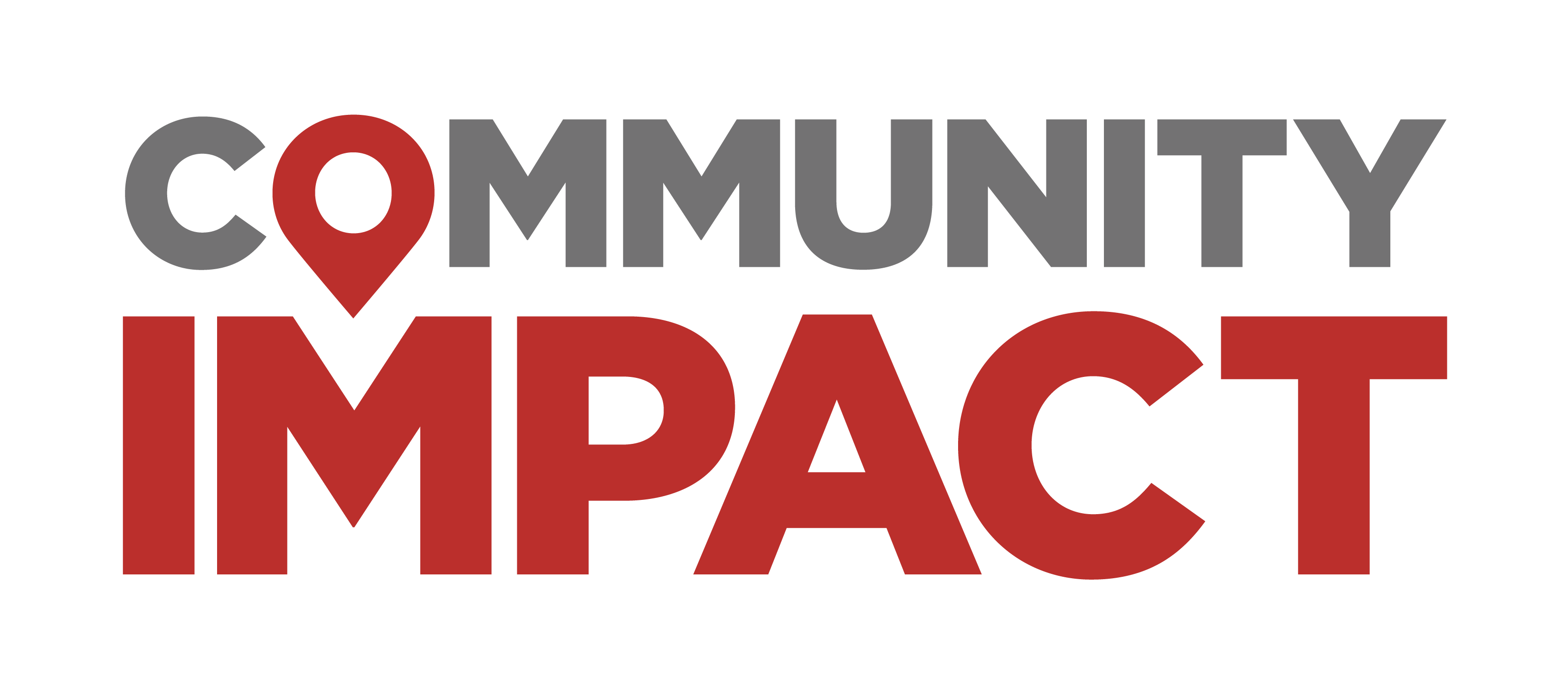Changes went into effect immediately and include updates to turn lanes, traffic impact analyses, and water and wastewater infrastructure requirements for developments.
In a nutshell
Williamson County Engineer Adam Boatright said staff began looking at regulation changes in 2024.
“Williamson County has had good rules for development, but we were looking at additional areas to address public health and safety,” Boatright said.
After distributing a set of proposed amendments to the development community in November, Boatright said 16 meetings with 70 stakeholders were scheduled over several months to improve the regulations.
“We wanted to work with our development partners,” Boatright said. “There were compromises that were found throughout that process, and we were able to address as many comments and concerns to the extent possible.”
The subdivision regulations document was last revised Dec. 7, 2021, according to county documents.
Diving in deeper
A new subdivision rule relates to turn lane and traffic impact analyses, and will mostly be triggered for larger developments, Boatright said.
“We do want the larger developments to help us and make sure that it's safe for everyone traveling,” Precinct 3 Commissioner Valerie Covey said.
Development crews will be required to provide necessary safety improvements to address any impacts to their development, Boatright said.
“We're in a booming area in development,” he said. “For public health and safety, we really need to include a turn lane and TIA requirement as part of our subdivision regulations.”
Also on the agenda
Additional water and wastewater infrastructure requirements are also a part of the new regulations.
Prior to the approval of a final plot for off-site and major infrastructure, any necessary permits for creating a water system or wastewater permits must be in place, Boatright said. Additionally, the infrastructure's construction or bonding must take place prior to final plot approval, he said.
“As water continues to be a challenge around the county, we are asking for firm, written commitments from the water providers to these proposed subdivisions,” Boatright said.
Developers can utilize data from the county’s Atlas 14 floodplain study, which is close to being finalized, Boatright said.
Atlas 14 creates a more accurate and complete picture of rainfall estimates, per county documents. Williamson County partnered with the Texas Water Development Board in 2021 to identify areas at risk of flooding and potential mitigation measures, according to the county’s website.
One more thing
Transportation corridors that have been studied around the county will be documented within the subdivision regulations, as the county entered into a corridor agreement with the Texas Department of Transportation, Boatright said.
The updated regulations also clarifies the county’s position on new municipal utility districts and MUD road maintenance, and addresses recent legislative changes, Boatright said.
What they’re saying
The stakeholders were represented at the meeting by David Glenn, senior director of government relations with the Home Builders Association. Glenn said Boatright was receptive to the many concerns from stakeholders when the proposed updates first came out.
Bill Gravell, who has since resigned from his position as county judge, said the hours of work might have saved the county 20 lawsuits.
“We have ... fiduciary responsibilities to do things and stand strong on certain issues and policies,” Gravell said. “But there are also things that we can compromise and collaborate and work together on.”
Precinct 4 Commissioner Russ Boles said more developers are choosing to develop in Williamson County now than ever before.
“The fastest growing city in Williamson County is Williamson County,” Boles said. “We are putting more homes on the ground in the county than in the cities.”





